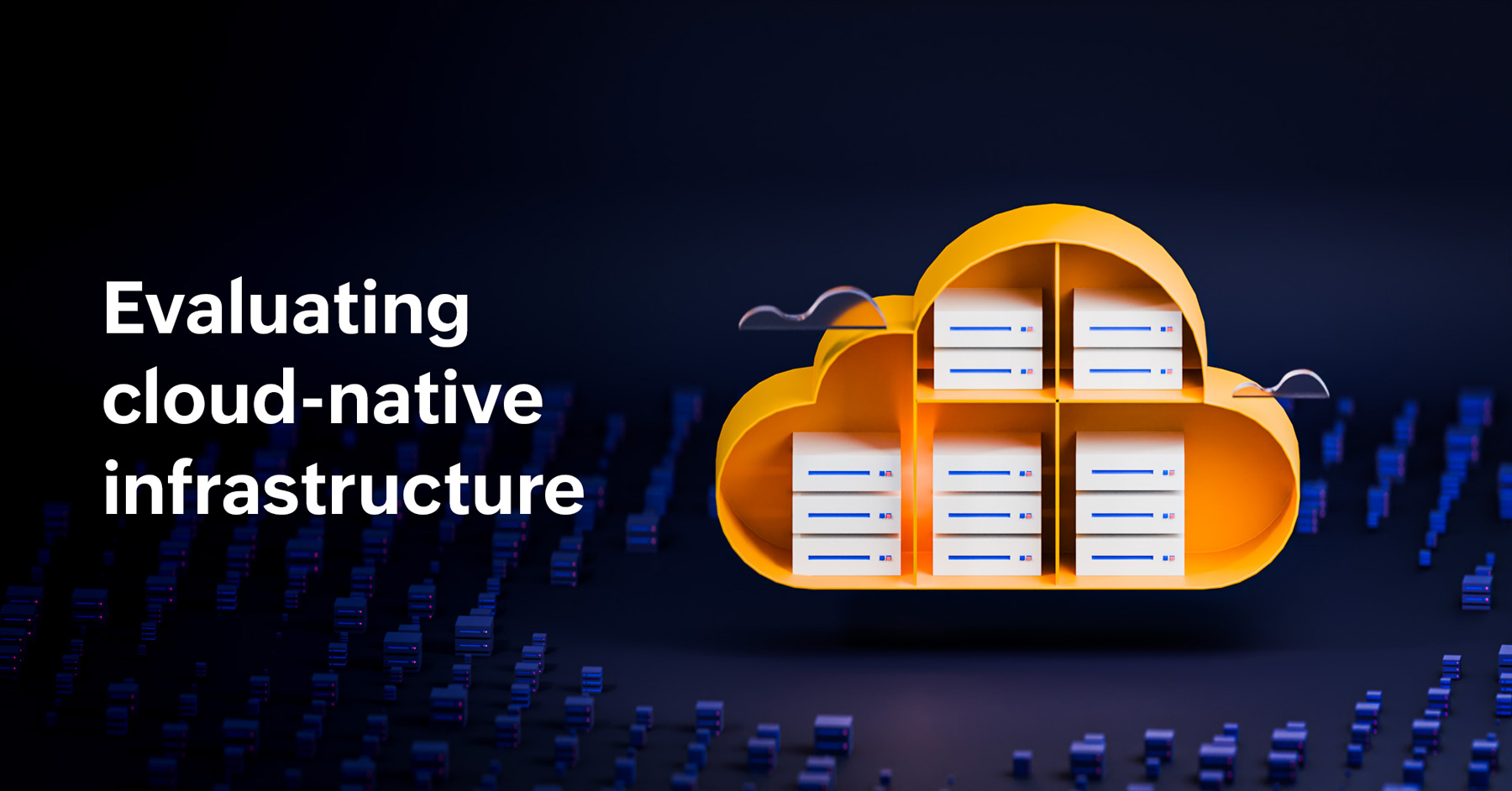The pros and cons of cloud-native infrastructure

Cloud computing has emerged as a game changer for organizations looking for agility and flexibility from their IT infrastructures. A cloud-native infrastructure further enhances this by using microservices, containers, and DevOps for a scalable foundation for modern applications. However, like any technology, it has its advantages and disadvantages. In this article, we'll discuss the pros and cons of cloud-native infrastructure so you can decide if it's the right fit for your business.
What is cloud-native infrastructure?
Cloud-native infrastructure refers to a method for designing, building, and managing applications specifically for cloud environments, allowing these applications to fully leverage the benefits of cloud computing models. It focuses on using microservices, where applications are broken down into smaller, independent services that can be developed, deployed, and scaled independently. Key technologies in this ecosystem include containers, orchestration tools, and CI/CD processes, all of which facilitate rapid development, deployment, and scaling.
The pros of cloud-native infrastructure
Cloud-native architecture is revolutionizing application development with its promises of agility, scalability, and fault tolerance. But are the benefits the real deal or just hype? Let's explore the advantages in detail.
1. Scalability
One of the most significant advantages of cloud-native infrastructure is its scalability. Applications can automatically scale up or down based on demand. This elasticity ensures that resources are used efficiently, improving performance during high-traffic periods and reducing costs when demand is low.
2. Agility and speed
Cloud-native infrastructure fosters agility and speed in development. Microservices architecture allows development teams to work on different components of an application simultaneously, reducing the time required to develop and deploy new features. CI/CD pipelines automate the testing and deployment process, enabling continuous updates and faster release cycles.
3. Cost efficiency
The pay-as-you-go model of cloud services means businesses only pay for the resources they use, helping reduce upfront costs. This model also encourages efficient resource usage, as organizations can scale resources up or down based on current needs, avoiding the over-provisioning typical of traditional infrastructure.
4. Resilience and reliability
Cloud-native applications are designed to handle failure gracefully. With built-in fault tolerance and self-healing capabilities, they can automatically detect and recover from failures, ensuring higher availability and reliability.
5. Flexibility
Cloud-native infrastructure is inherently flexible, supporting a wide range of technologies and frameworks. This flexibility allows organizations to adopt new tools and technologies without being tied to a specific vendor or platform.
6. Enhanced security
Cloud providers offer robust security features, including automated security updates and patches. These built-in security measures, combined with the ability to implement fine-grained access controls and monitoring, enhance the overall security posture of cloud-native applications.
The cons of cloud-native infrastructure
Cloud-native infrastructure offers agility but comes with its own challenges. Increased complexity, security concerns, and potential vendor lock-in can pose significant issues. Before adopting cloud-native technology, it's essential to understand and weigh these potential drawbacks. Let's explore them in detail.
1. Complexity
Despite its advantages, cloud-native infrastructure comes with increased complexity. Managing and orchestrating numerous microservices requires a deep understanding of various tools and platforms, making it challenging for teams without the necessary expertise.
2. Management overhead
The shift to cloud-native infrastructure introduces new management overhead. Continuous monitoring, logging, and managing multiple services demand sophisticated tools and dedicated personnel, increasing operational complexity.
3. Additional costs
While cloud-native infrastructure can be cost-efficient, it also carries the risk of unexpected expenses. Without proper cost management strategies, organizations might face higher-than-anticipated bills due to dynamic scaling and resource usage.
4. Dependency on vendors
Cloud-native infrastructure often leads to a dependency on cloud vendors, posing a risk of vendor lock-in. Migrating applications and data from one vendor to another can be complex and costly, limiting flexibility.
5. Security and compliance challenges
In the shared responsibility model of cloud security, cloud providers secure the infrastructure while customers must secure their applications and data. Ensuring compliance with industry regulations can be challenging, particularly in highly regulated sectors.
6. Performance issues
Certain applications may experience latency and performance issues due to the reliance on network connectivity and the overhead introduced by containerization and orchestration layers. Ensuring optimal performance requires careful planning and architecture design.
The role of monitoring the cloud
Effective monitoring is crucial for managing cloud-native infrastructure. It tracks the health and performance of microservices and the overall application, identifies bottlenecks, and ensures a smooth user experience. Proactive resource monitoring optimizes costs and prevents unexpected expenses, making robust monitoring essential for harnessing the full potential of cloud-native environments.
ManageEngine Site24x7's cloud monitoring solution provides comprehensive visibility into your cloud-native infrastructure. With support for AWS, Azure, and Google Cloud Platform, Site24x7 provides proactive issue detection, auto-remediation features, and real-time insights into usage patterns that help organizations reduce their operational overheads, prevent downtime, and ensure efficient, cost-effective cloud management. Sign up today!
Comments (0)